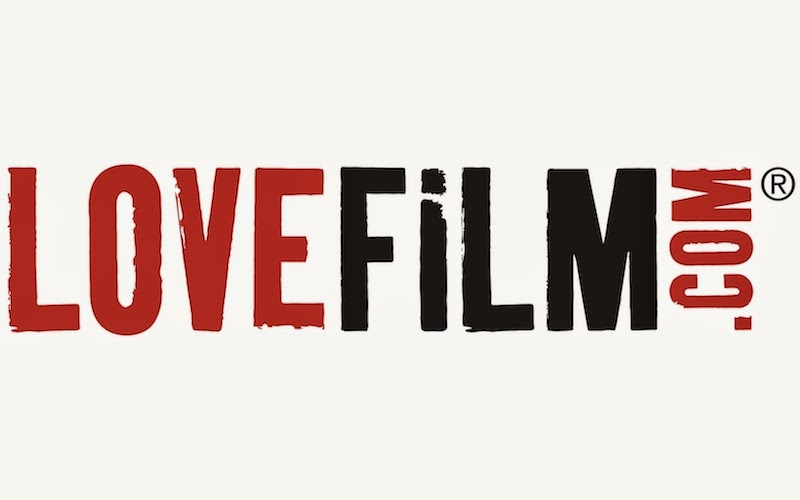
We created the company 'Alma Gavon Studios', which are the words created when all of our names within the group merge together.
Our studio is British, independent and specialise in producing high-quality, low-budget films.
 We based our production company on some pre-established companies.
We based our production company on some pre-established companies.For example 'Warp Films', who are an independent film production company based in Sheffield and London, UK. They co-produced films such as 'Submarine' (2010), which targets a similar audience to our film.
'Film4 Productions' also co-produced 'Submarine' (2010). 'Film4 Productions' are also a British film production company. They are owned by Channel Four Television Corporation and the company has been responsible for supporting numerous films made in the UK.
Distributor
I researched some distributors who had distributed other low-budget, independent, teen films, particularly those with a good knowledge of the males, aged 16-24 market.
We wanted a distributor who could market our film successfully and target all the different segments of our potential audience, on top of understanding the market for a British independent film.
This is a basic outline of how our British, independent film would be released, compared to a 'typical', American, independent film's release:
The Marketing Campaign For Our Film
Due to recent developments in technology, major institutions like Universal have the ability to target specific audiences such as ours (British teenagers, 16-24 years old).
Our core audience spends the majority of their time online, mostly on social networking sites.
This is means it would be easy to reach them, by creating pages on Facebook, Twitter, Tumblr, Youtube and Instagram.
 |
| Social Networking Sites |
On these sites we would release the theatrical trailer, TV spot trailer, behind-the-scenes footage and photos, posters, dates of the film's cinema release, DVD release and Blu-Ray release.
From this, it is likely that the trailers and posters will be shared online, eventually going viral and will probably then generate awareness of the film through word of mouth.
Other, more traditional, methods of marketing may also be effective, rather than solely relying on an internet based campaign. As our company is Universal, we could have a marketing budget as large or small as we wish.
We would release posters in free magazines targeting a young audience, like Time Out.
 |
| Timeout London Magazine Cover |
We would also release posters on buses, bus stops and maybe specific train stations on school routes.
 |
| Film Advert on a London Bus |
We could release a short radio advert on radio stations targeted at a similar audience to us such as Xfm.
 |
| Xfm Logo |
The traditional and online methods of marketing would have a symbiotic relationship, to ensure the viewers know they are from the same film.
This release is very similar to the distribution of Kill Your Darlings (2013), who had mainly social network (below the line) driven advertising, but also radio adverts on Xfm, posters in tube stations and interviews and adverts in magazines read by their target audience, like Shortlist and Time Out London.
 |
| An interview of Daniel Radcliffe promoting his film Kill Your Darlings in Time Out London magazine |
Release Plan For Our Film
Theatrical Release Date
We would release our film in the period of the Easter holidays (April) for 2 weeks.
This is because the majority of our target audience will not have school and will have time to come and watch the film with their friends.
We think an Easter holiday release is the most appropriate as opposed to a Summer holiday or Christmas holiday release, because large, Hollywood films, such as The Amazing Spider-Man, released July 7th 2012 (in the UK), would dominate the viewers' choice and are typically released on the more important and commercialised holidays.
 |
| The Amazing Spider-Man, Released Summer 2012 |
Location of Exhibition
We would premier our film in around London and then show it first in UK cinemas, due to it's British culture.
Our film has no visual effects like CGI and is not shown in 3D, therefore it would be unnecessary to exhibit it on a large screen.
From this, we decided that we could show in small-screened, 50-100 seat rooms, once or twice a day, for 2 weeks.
 |
| Small Screen Cinema |
Platforms For Exhibition
Cinema
Since our distributor is one of the 6 major film studios, we expect to distribute our film quite widely throughout Britain, for example to British chain cinemas, like Cineworld, Odeon and Vue.
TV
When the film is at the home entertainment stage, it will most likely be exhibited on channels such as Film4 or Channel 4 (which a number of people have access to), who typically support independent films like ours.
 |
| Channel 4 Logo |
It would be unlikely to be shown on more popular channels, such as BBC1, due to it's low-budget nature.
Online Streaming
Our audience is 16-24 year olds, who spend a large amount of their time on the internet, therefore, we think that exhibiting our film on legal online movie streaming websites, such as Netflix or Love Film, would be a successful platform for exhibition.
 |
| Lovefilm Logo |
 |
| Netflix Logo |
Illegal Online Streaming
A large problem with our target audience is that teenagers will always look out for the cheapest way to do things, in our instance the audience are most likely to stream the film illegally, online on websites such as Putlocker. This will have a negative financial impact on the institutions behind our film.
 |
| Putlocker Logo |




No comments:
Post a Comment